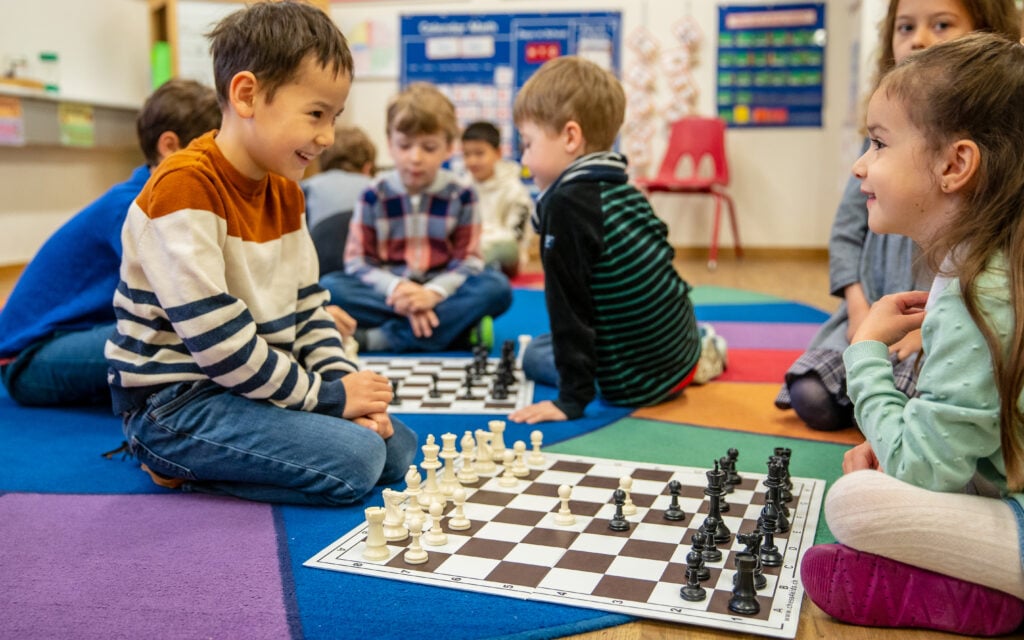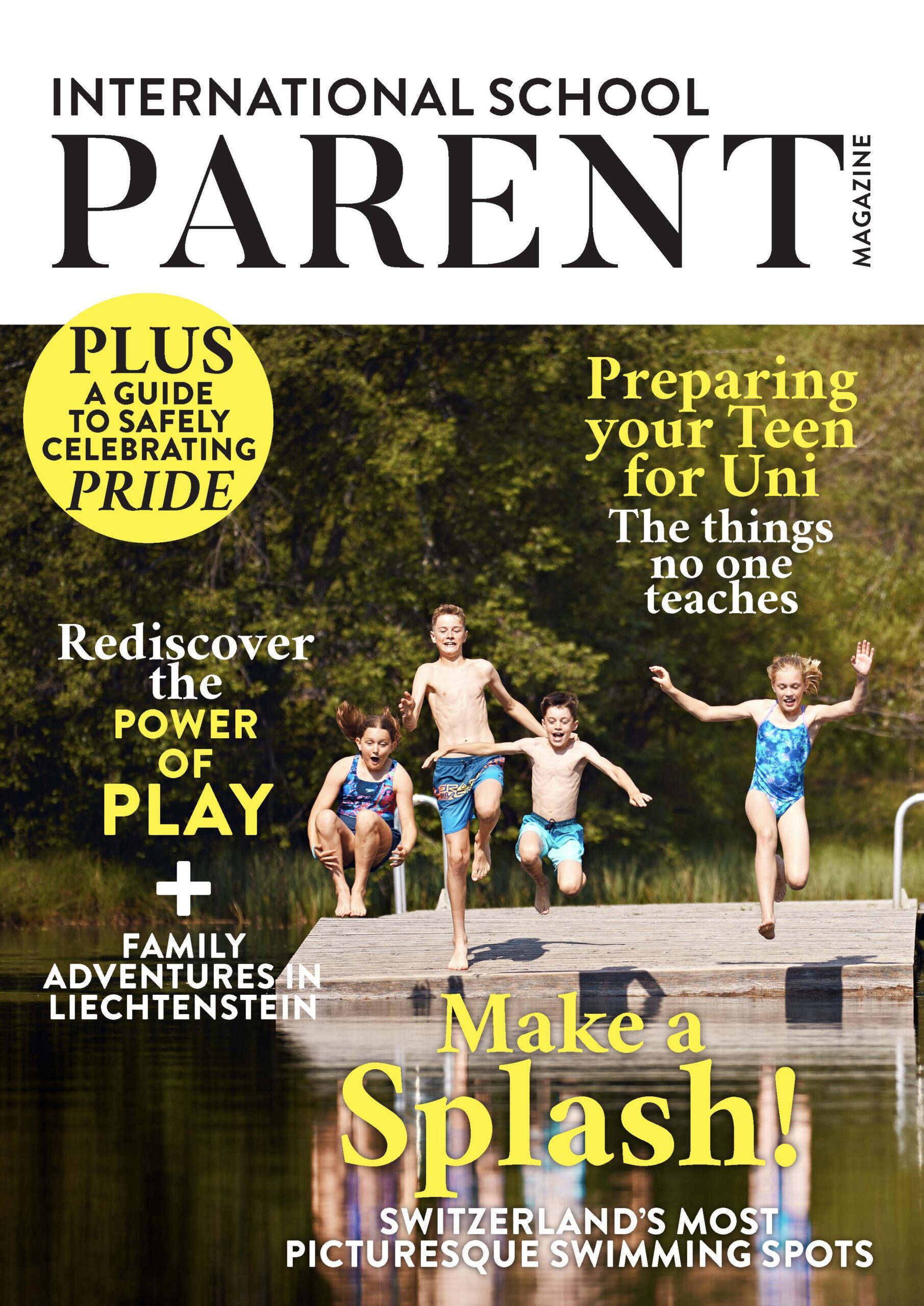Meet the Founder: Sonya Maechler-Dent, Tandem International Multilingual School
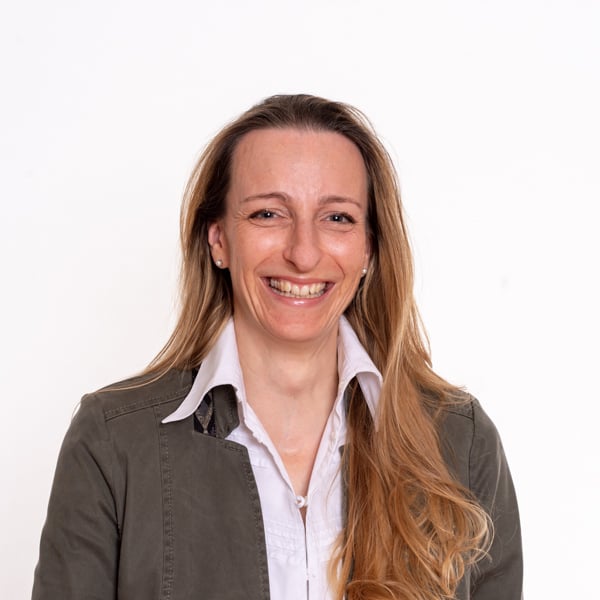
Established in 2004 as a bilingual preschool, Tandem International Multilingual School (IMS) has quickly established itself as a leading institution offering a curriculum in German, English, and French.
This year Tandem IMS celebrates 20 years of educational excellence. However, that is not the only cause for celebration. Tandem IMS has announced their new secondary school, set to welcome students in August 2025 with an innovative curriculum encompassing design, sustainability, and responsibility.
School founder Sonya Maechler-Dent, sat with us recently to share her education philosophy and the vision for the new Tandem IMS Gymnasium.
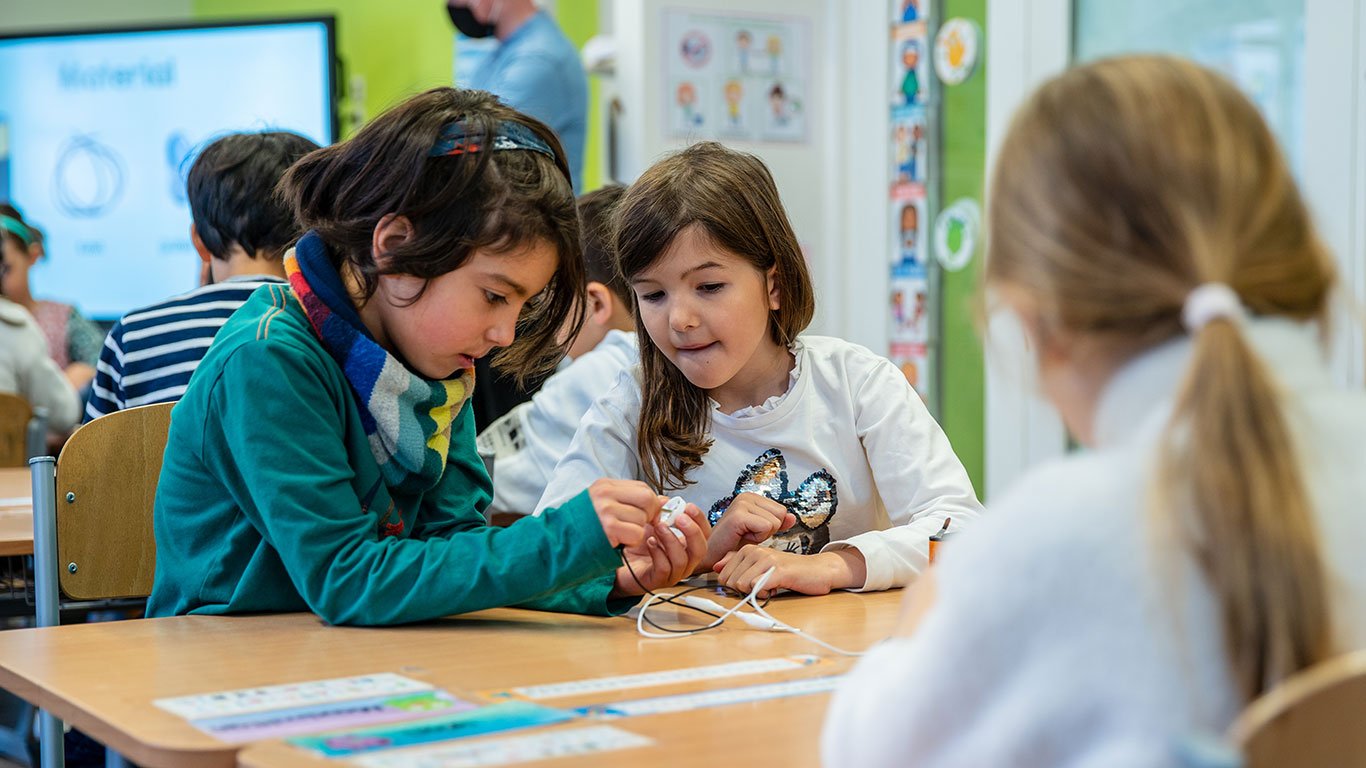
Could you give us an overview of the new Gymnasium at Tandem IMS? What inspired its inception?
We had been thinking of opening a Gymnasium for some time, but because of the excellent partnerships we have with other secondary schools, and due to the fact that so many of our students go on to the public Gymnasiums, it had not until recently been a priority for us.
However, feedback from our students shows that once they move on, they miss our style of inquiry-based learning and that the level of English and French in the public system is not challenging enough for them.
Many local Gymnasiums have quite traditional profiles. They tend to work with a ‘transfer of knowledge’ educational pedagogy. Whereas we focus on enquiry- based learning. Our students’ French competency is also much higher than at other schools. This is because we start French at kindergarten. Children coming out of our sixth grade find that their French level is already the same as what is expected at the end of secondary school.
Over the years, parents have asked “why don’t you open your own secondary school?” We had been resisting this idea because we knew the phenomenal amount of work it would entail. Additionally, we simply did not have the space to do so. Eventually, we started to look for a potential campus space – not extremely actively, but we said that if the right space came up, we would go ahead and about a year ago, we found a perfect location!
The new campus is right next to a park and within 300 metres from the village and train station. It is 10 minutes by train from Zurich Center, making it the ideal spot for our school.
What will the curriculum look like at the new Gymnasium? How will it differ from or complement the existing programs at Tandem IMS?
We are in the process of finalising our curriculum at the moment. We have been lucky enough to be joined by an excellent colleague who was previously Head of School at a Gymnasium in Zurich. He has a lot of experience especially within the Swiss Matura System.
There are currently many restrictions within the Swiss educational system. There is a very strict list of what we have to teach, how many hours, and so on. There is a little bit of wiggle room in how we teach, however we have to make sure we stay inline with the set guidelines Although the current Matura reform of the federal and Cantonal system is creating more space for thematic innovations and transdisciplinary approaches, the system is undergoing a transformation which will be most welcome!
In addition to Enquiry and project-based learning, we plan to introduce more problem-based learning. This will encourage students to find solutions to real- world problems and link these solutions to practical work. There will also be exchanges with universities, work placements opportunities and community service engagements.
I think one of the most important curriculum additions is that we have introduced design and humanitarian studies at secondary level (and already partially at primary level). There will be a specific focus on ethical and sustainable design – thus all aspects of design in general will be considered through a humanistic lens. This will include topics such as architecture, product design, medical design, digital design, and so on.
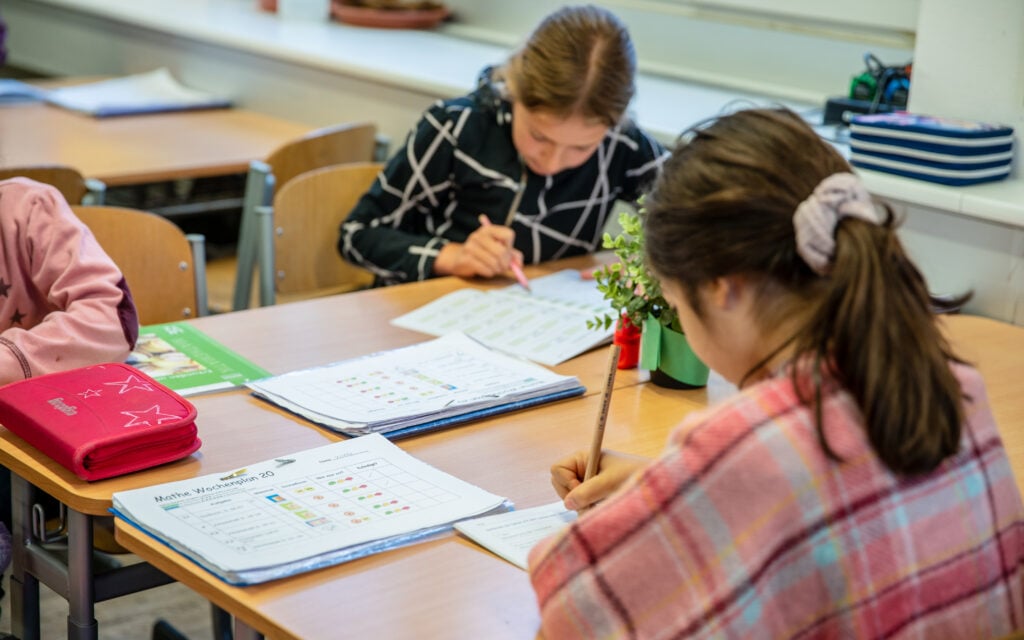
What are the primary educational goals for students at the Gymnasium?
I would say that the overarching goal is to support students to become open-minded, creative and critical thinkers, who take responsibility for their own learning and for their community.
More specifically, our goal is to build creative and critical thinking leaders through design and humanitarian studies.
I think we must ask ‘How do you teach leadership skills to children?’ To this end, I undertook a research project, where in summary I asked children at our school to draw what leadership looks like to them. We work with a Masaai school in Kenya and I asked the children there to do the same. This was so interesting as you could see how different cultures view leadership within their communities.
With the development of social media skills like empathy are becoming more and more difficult for our youth to learn. Many children are also worried that they are not doing or achieving enough. As an educator we must ask ourselves “What can we do?”
We must find ways to develop a sense of responsibility in our youth. We must help them to become creative and critical thinkers. I think the design process is going to help our students look at real-world problems critically as well as encouraging them to use empathy and consider their community also.
That is why we are doing design studies and humanitarian studies in tandem – It’s not about making a product made from plastic and then producing it in the cheapest way possible. It is really understanding what happens if I produce this? What are going to be the impacts? Who am I creating this product for and have I listened to the needs of the user?
I led the first design course with our fifth and sixth graders last week. We have a new art room at the school and I brought them all to the room and I said, “We would love you to help us design it. What should we do with this space? Of course in the beginning they kept on saying, “I want a pool”.. “I want a disco ball”…I want this, I want that. Eventually they asked the teacher for their input, “Would you like to have soft colours or vibrant colours?”. It was fascinating to bring them through the process of understanding what your user wants.
You mentioned the school that you support in Kenya, would you like to tell us more about this partnership?
In the village itself there is only one school that used to have around 80 children. We started this partnership in 2018 and since then it has really grown. We have children who walk two hours from neighbouring villages because they are so excited to go to school. As a result, we now have grown to about 300 children at the school.
Our relationship with the school in Kenya is a sustainable partnership where the benefits flow both ways. We currently have a project, where we are fundraising for a borehole for the school. Before we took on the project we looked carefully for what was really going to help the village. What are the repercussions of having a borehole in terms of education? We realised that a borehole is actually crucial to educating girls. Previously, the lack of running water meant that menstruating girls would stay home, therefore missing a number of days each month.
This partnership demonstrates how applying design thinking and humanitarian skills can lead to practical, sustainable solutions that address real-world problems as well as global challenges, such as improving access to education and gender equality.
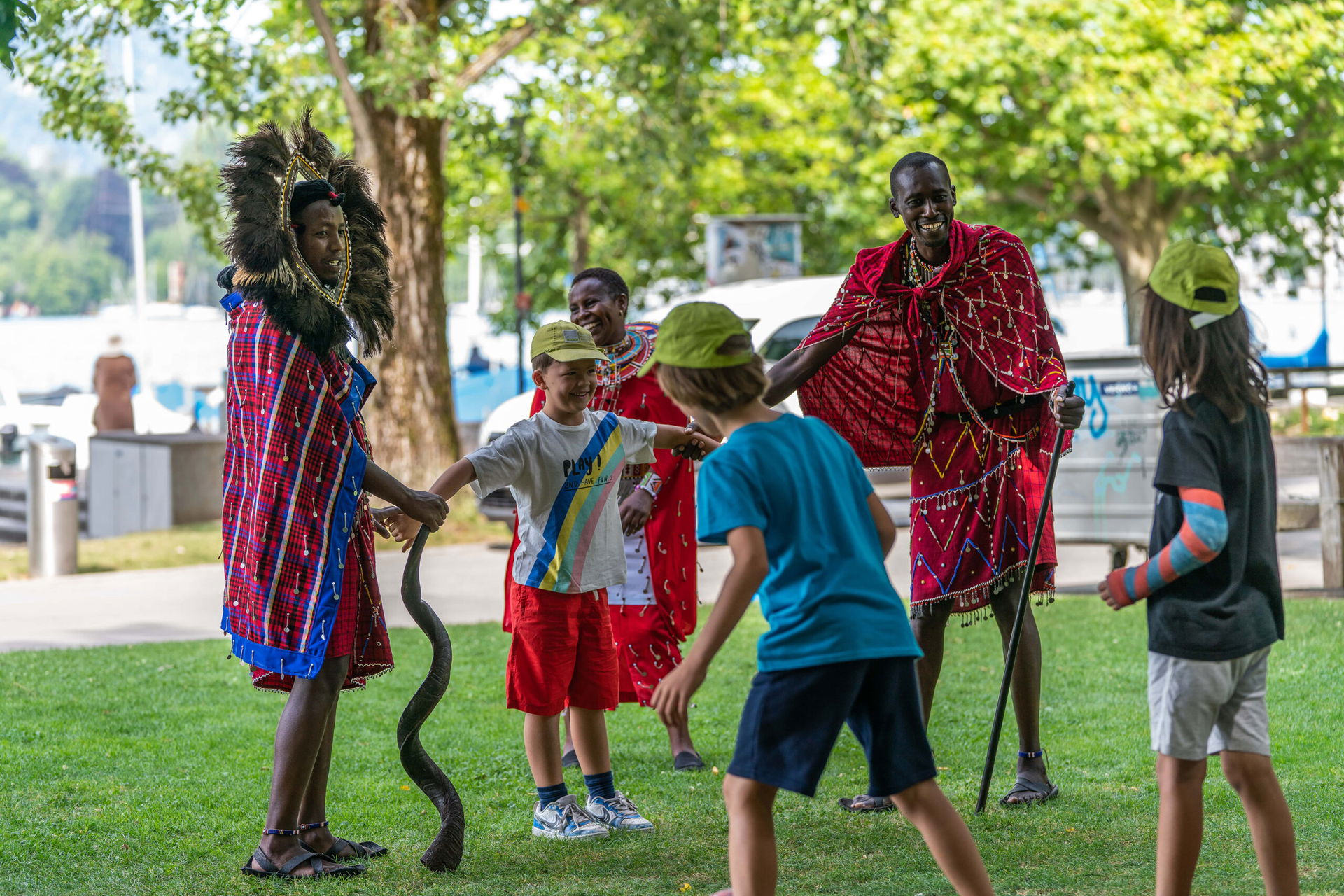
What facilities and resources will be available to students at the Gymnasium?
We are currently designing a huge space specifically for design studies. It will of course have high quality technology from computers, 3D printers, laser printers to a podcasting and digital music room. It is also important to consider the whole design process from a design thinking room as well as woodworking and creative arts facilities.
How does the Gymnasium plan to support the personal and academic development of its students?
At Tandem IMS we place great emphasis on individual plans for each student. For the older children, we will have an academic counsellor who guides our students through the examination processes as well as career preparation.
One other thing that I wanted to mention is that we are a multilingual school. This means that some subjects are going to be taught in English, some in German and some in French.
When students come to us they do not necessarily need to have a certain competence in all three of our languages. We look at their levels and what they are interested in and go from there. We have added an interview to the enrollment process to ensure that it is not just about academics.
Once we have assessed the student holistically, and feel that they are a fit, we can always provide extra language coaching for example if needed.
How will the Gymnasium integrate with both the local and international communities?
While our Gymnasium is internationally aligned, it is still very much rooted in the Swiss education system and the local community. We offer our Swiss families or families who have integrated into the Zurich way of life an anchor of educational and social stability with a strong spirit of open- mindedness and innovation. Nevertheless, the question throws light on an interesting point: What is a community? Whether international or local?
Community awareness and service is an important part of our secondary school programme. Due to changes in our society and in social and professional systems, the term ‘community’ has taken on many new meanings. However, it would be wrong for us as a school to try to fight these trends – on the contrary, we need to find innovative ways to instil community values in our young people and encourage them to develop the necessary strategies to work in teams and ‘go the extra mile’ without a sense of entitlement or individual advantage.
This will be essential for their role in the corporate world of tomorrow. We wish to encourage them to take on corporate social responsibility. We will work on this through practical project-based work and various community programmes, both with local institutions and with other international programmes, including the Maasai School.
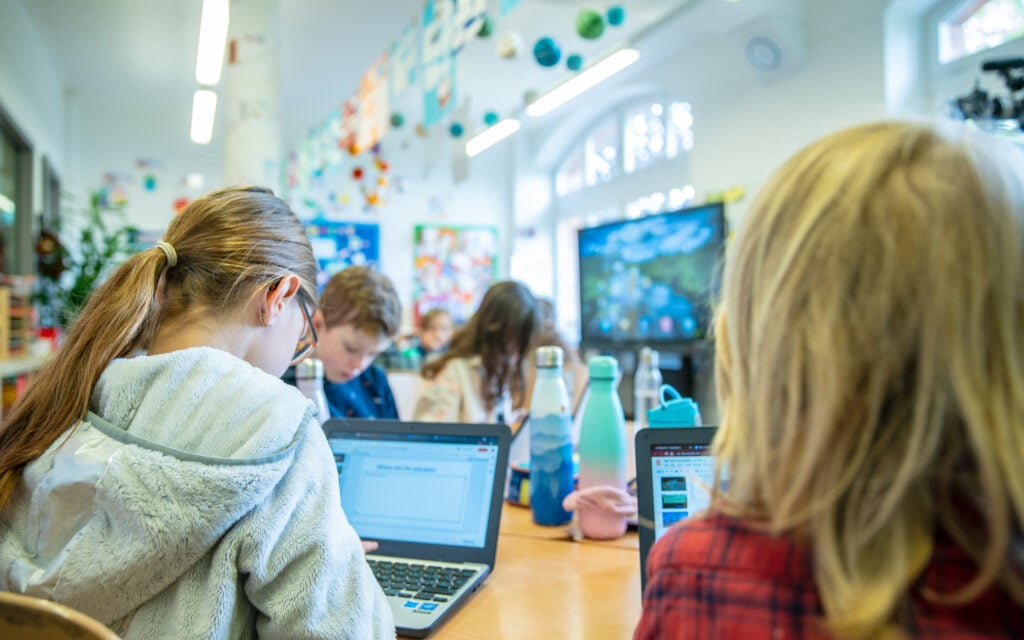
What measures are in place to ensure inclusivity and diversity within the Gymnasium student body and staff?
We have between 20-30 different nationalities among our students and teachers each year. We are also strongly committed to embracing all forms of diversity and fostering an inclusive environment for everyone.
We have already introduced into our primary school ‘Units of Enquiry’ which are regularly reviewed and updated to reflect diverse perspectives and histories, incorporating materials that represent a wide range of cultures and viewpoints. We specifically encourage initiatives and school events that celebrate diversity and foster an environment of respect and understanding.
Unfortunately, due to the cantonal requirements for the school exams, we cannot target a diverse student body as much as we would like to. The children who pass these exams are mainly selected on the basis of their academic performance and their creative and critical thinking skills. However, we hope that through the additional interviews we are planning, we can ensure that selection is also based on potential and that students from diverse backgrounds are given equal opportunities, helping us to maintain an interesting, open- minded group of young people.
The same applies to teachers. Teachers with recognised qualifications and excellent teaching skills must be the top priority in any selection process. And as we know, the supply of qualified teachers is not abundant at the moment. We focus on providing ongoing training to the teaching team, for example on cultural competence, anti-bias and inclusive pedagogy, to ensure that our educational environment indeed promotes diversity and inclusion.
Looking ahead, where do you see the Gymnasium in the next five to ten years, both academically and in terms of student community?
We certainly hope to be a well-known reference for both design studies and humanitarian studies – exploring the important themes of empathy, ethics, sustainability and social responsibility…. And of course, that we have full classes of curious, engaged, creative, and critical design thinkers!
